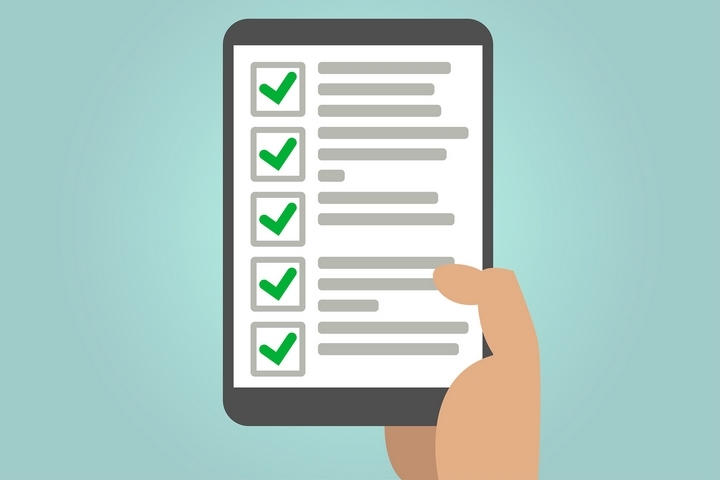Customer feedback is a major resource to websites, brands, and small businesses seeking success. Customers taking the time to provide you with insight into what their experience was with your brand informs you about what’s working and what isn’t about your brand. There are many different ways to solicit and obtain this feedback. Here are the top nine most popular ways on how to collect customer feedback:
1. Live chat support

One of the most popular ways on how to collect customer feedback is through live chat support. Did you know that up to 44 percent of eCommerce shoppers prefer live chat with their online shopping experience? Live chat can locate products, answer rudimentary questions, and all the while collects data.
A proactive live chat window can work wonders at ensuring a customer receives an absolutely amazing website experience. Being proactive is a smart move as it lets the customer know their feedback and overall experience is of significant value to you.
2. Post-chat feedback

After any live chat session, offer the customer a chance to fill in a survey and provide background. Ask basic questions looking at how helpful the customer’s interaction with your customer service was. If you receive unsatisfactory responses in a pattern, this is an easy way forward in terms of knowing what needs to be corrected. In the same way, positive feedback can show you which service agents are performing up to and above standard.
3. Feedback forms on your website

One of the most effective ways a website or brand can obtain feedback is by having a feedback form direct on site. The customer leaves their comments which are sent directly to your email. Although some may prefer leaving their email stated clearly on the site, a feedback form can prove to be equally useful. Through a form like this, you can ask direct questions and better track feedback through a management system.
4. Post-customer service interaction

After any customer service interaction, send the customer a survey. After a complaint is resolved and the ticket is closed, a survey like this can gauge the satisfaction of said resolution. Ask only a few questions for these kinds of surveys as that is all you should need to acquire the necessary data. In fact, simple ‘yes or no’ questions can count for everything.
5. Call your customer

You may wish to schedule a once-a-year phone call to your customers. This sort of proactive approach to feedback can generate your most detailed responses. Any personnel making the phone call should seem like they genuinely want to help. Executed well and if you contact them at an appropriate time, you will generally receive a very fair, balanced perspective on what the perception of your business is. Although this is effort-intensive, the rewards are of a very high value.
6. Email surveys for first-time customers

Anywhere from three to five days after an order is put in, consider sending a first-time customer a survey to gauge their satisfaction. Repeat customers don’t necessarily need these sort of surveys as they may find them annoying.
For new customers however, you can ask for information like their motivation for buying from you such as price or brand recognition or a unique feature, how they found your company, and finding out about the overall customer’s experience. Please note this is not an opportunity to cross-sell. This is just to solicit offline data collection and use the feedback to better understand the customer.
7. Social media channels

Your social media accounts are a goldmine for data and feedback. ‘Social listening’ can quickly identify issues as they arise. Negative comments can have significant consequences so with regards to how they’re handled, quickly is most preferable. Angst on social media also spreads.
It can be time-consuming however feedback solicitation on social media and/or simply by monitoring the conversation happening around your brand, this turns the act of feedback into brand authority building and letting the customer as well as prospects know that you care about their experience.
8. Polls

A one-question poll posted on your website or alternatively through social media is a user-friendly way to solicit feedback and create conversation. They can help capitalize on trends and get customers excited while also providing you an opportunity to get high value insight into your brand, product, or service.
9. eCommerce cart abandonment surveys

It’s not uncommon to face a cart abandonment rate of up to 68 percent or higher on some websites. Find out why. If you have a way to contact them, solicit feedback about why the user did not proceed to purchasing. An open-ended question or multiple choice should suffice. In such a feedback survey, you may also want to provide them with your customer service phone number. Depending on their feedback, you may also choose to follow up with an email marketing message providing them with a discount or solution to the stated barrier to purchase.




